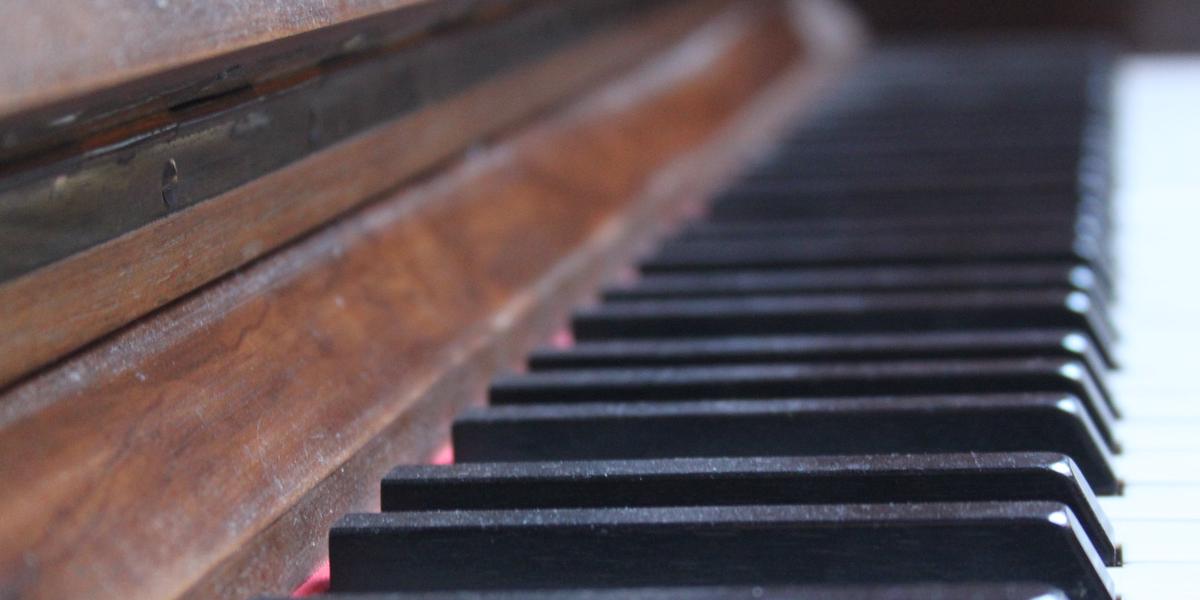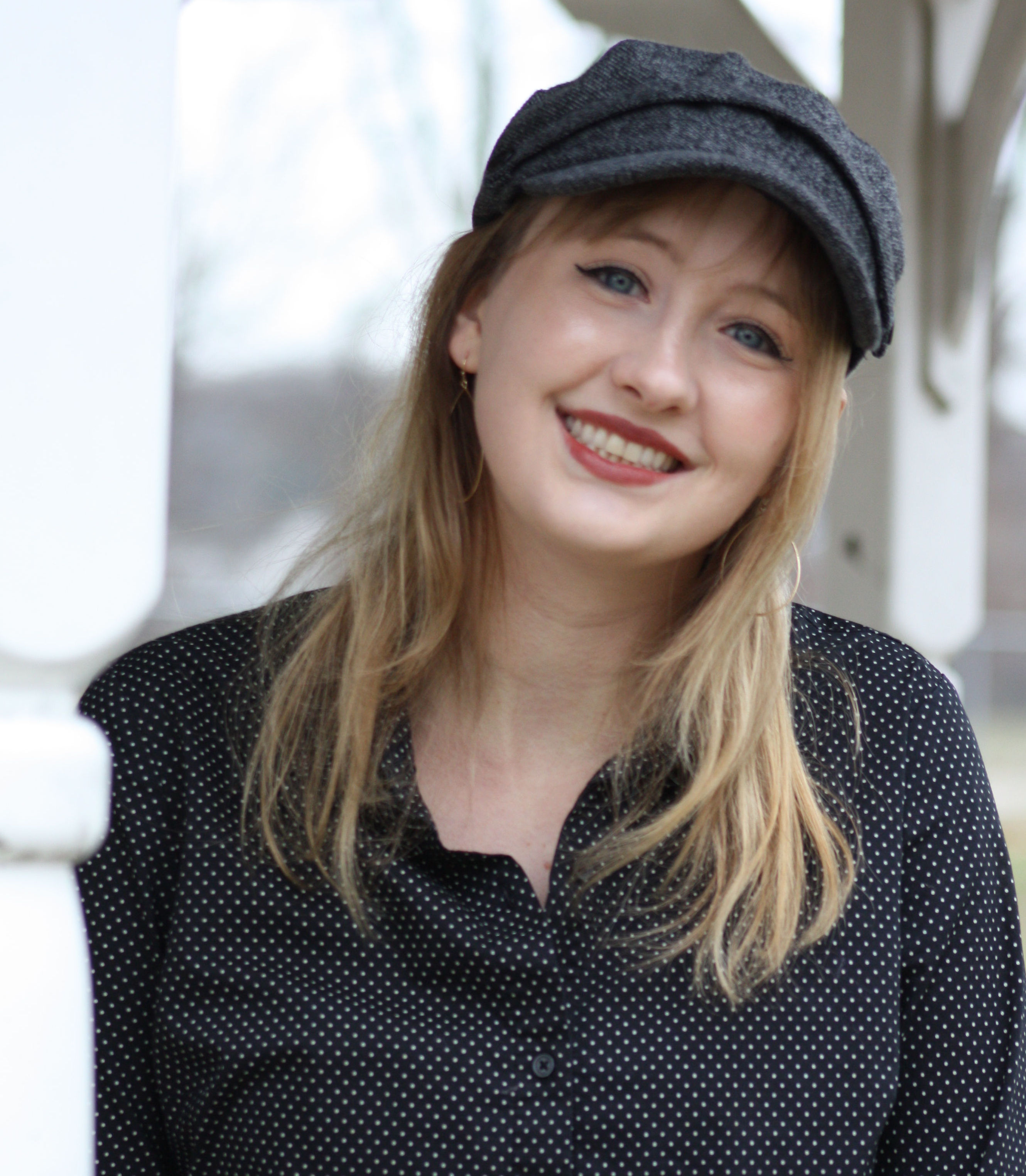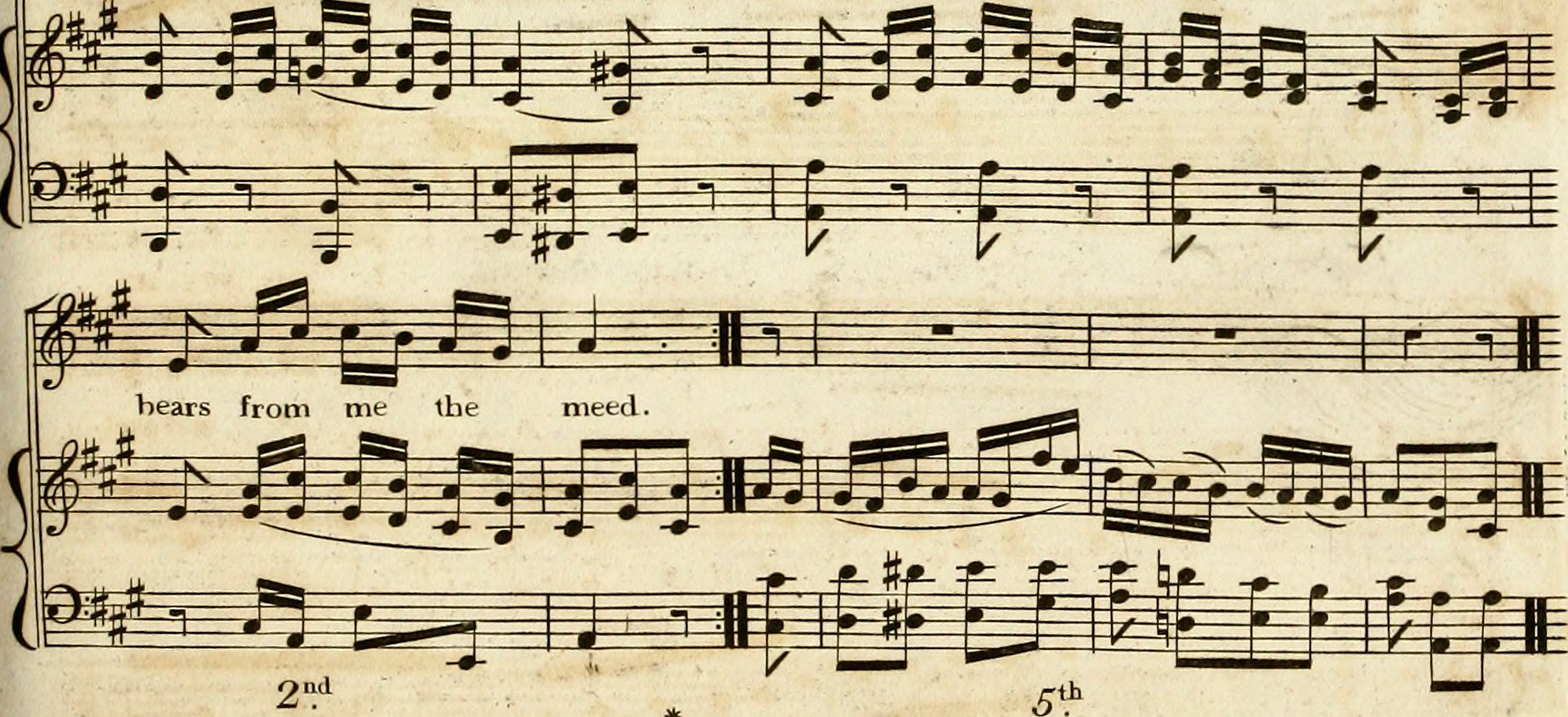What is a Picardy Third?
What is a Picardy third? To explain in it short, a Picardy third is a major chord at the end of a song or piece, where the music had been previously focused on a minor key.
This intreresting chord change can also happen at the end of a section, it doesn’t necessarily have to be at the very end of the piece! For example, we would normally expect the third note of the last chord to be lowered (which would give us a minor chord), then the third of the final chord would now be raised by one half-step to give us a major third.
This move sounds unique to our ears. But why? Because, apart from Picardy thirds and endings, it’s relatively uncommon to borrow from the major scale when we are focused on a minor scale. Many people would say that these minor pieces sound melancholy until the end, when the chord switches to a major, or more joyful, mode.
What’s in a Name?
Originally, the Picardy third was called a ‘tierce a Picardy’! In French, this just means ‘Third of Picardy.' Nobody really knows exactly how it got to be called a Picardy third. But, what I can tell you, is that it was first coined in the Renaissance Era of the 16th or 17th century, and that Picardy is also a region in France.
The word ‘Picart’ means pointed or sharp, so perhaps it is not so much coming from France, as it is in reference to the feeling that this chord progression gives. Changing modes can make an ending feel quite pointed and memorable. Some music theorists suggest that the word Picart is in reference to the sharpened third. This also makes a lot of sense, because the chord at the end of this progression is raised.
Theory Basics
Before we dive further into the land of Picardy, we’re going to brush up on some music theory basics that are relevant. Let’s start by defining a cadence, major, and minor.
In music, a cadence is where the sequence of the chords move to end a section, or finish a song. The most popular cadence in Western music is the ‘ I V I ‘ cadence. This means we go from the first chord in a scale (which is a major chord), to the fifth chord, also a major chord, and back to the first chord again, in major. This cadence makes everyone feel like "Ah! It’s finished," or "Hey, we are moving on to the next part!"
Now, more on major and minor. The words major and minor are in reference to something we call a musical mode, or scale. Each scale has a different feeling. Songs that primarily focus on a major scale are said to be in a major key. The same goes for minor; songs that primarily focus on a minor scale are said to be in a minor key
Now, there are many more modes besides major and minor, but these are the only two we need to know to understand Picardy thirds. A major scale is made up like this: whole step, whole step, half step, whole step, whole step, half step. If that doesn’t make any sense, don’t worry! Here’s what you should know: the major scale is going to sound joyful and uplifting most of the time.
Minor scales can actually be built three ways, whereas the major can only be built in one. They’re very similar to the major scale, except the key difference is that the third note of the scale is always lower. This seemingly small difference makes the scale sound significantly more sorrowful and melancholy.
Examples
Let’s look at some examples of Picardy thirds, first starting back in the 1600s! It’s almost Christmas right now here in Michigan, and the snow is getting deep! So we’re looking at the archaic holiday tune "Coventry Carol." In case you don’t know it, Coventry Carol is a very dark, minor song played around the holidays. The lyrics speak of the terrible actions of King Herod. Surprisingly enough, at the end, you can hear this twisted song turn major, leaving us feeling hopeful, instead of downtrodden.
If "Coventry Carol" was being performed in c minor, here’s what the end cadence would look like. See how the third of the c chord is lowered in the beginning, then raised by the end?
Moving forward in time about a hundred years, we can find Bach using Picardy thirds very frequently! One example of this is in his Sarabande from French Suite No.1. With this composer in particular, you can find Picardy cadences everywhere. His prelude in D minor is one of the many examples of a Picardy third in his preludes. In the two books, The Well-Tempered Clavier many such preludes feature this cadence, with a raised third.
Another example of a Picardy third is Dvorak’s famous New World Symphony. The riveting finale of this piece takes a surprising turn at the end, by switching to the major tonic. Moving further forward in time, we can hear Chopin’s Nocturne in F minor (Op 55, No 1) ending in F major. Take a listen!
Even Donna Summer used the Picardy third in 1977, in her hit song ‘I Feel Love’. This song perpetually switches between the major and minor 1 chord, which can actually be compared to what Franz Schubert did in his music around the 1800’s!
The Beatles?!
Picardy thirds were commonly used in the Baroque period, but they were also used by...The Beatles! Let’s talk about some examples of Picardy thirds in the Beatles music.
And I Love Her is an early Beatles song that features the ever-popular Picardy cadence. This song is really interesting because the song can technically be analyzed as being in a major key. However, since And I Love Her has such a strong influence from a second mode, the relative minor, the ending feels and sounds like a Picardy cadence. Take a listen!
In this video, right at 2:24 you can hear the song go from being arpeggiated and minor-feeling, to being major and raised at the very end.
If you have a choir or small vocal ensemble and would like to bring this harmonically complex song to the stage, try Hal Leonard’s version of ‘And I Love Her’, for SATB.
A Day in the Life, from SGT. Pepper’s Lonely Hearts Club Bland, is another hit song with the Picardy third. This cadence feels exceptionally strong, because it goes from an E minor (that is more lightly orchestrated), to E major, being played on three pianos at the same time.
If you’d like to learn some more examples, check out pianist David Bennett’s video ‘Picardy Third’, where he goes over ‘Time of the Season’ by the Zombies, ‘And I Love Her’ By the Beatles, and more examples of the Picardy third in action. This video is very helpful, because it shows you both what the examples sound and look like in the video!
Reverse Picardy Thirds
I recall being in a music theory class where we were learning about Picardy thirds. One of my colleagues had raised their hand and asked, "What is the opposite of a Picardy third?" The professor chuckled loudly, and said that there really wasn’t a name for it! For our purposes, we will call it the "Reverse Picardy Third."
A reverse Picardy third would be when a piece is in a major mode, and it surprises us at the finale by ending with a chord based on the tonic, but with a lower (or minor) third. The Picardy Third got its name because it was so commonly used. But, since the opposite of a Picardy third isn’t that common, we don’t have a proper name for it.
Here’s an example of what a reverse Picady third cadence would look like at the end of a song. Notice how it goes from the C major tonic, to the G major five chord, and then to a c minor chord, instead of the anticipated C major. This cadence leaves the end of the piece feeling much less resolved then the Picardy third, which ends in a cheery-feeling major sound. Try this one out for yourself on the piano!
Wrap-Up
Nobody really knows exactly where the name Picardy third came from, but what we do know now is how this cadence works, and just how many people used it. I hope you’ve found this article exploring the Picardy Third to be informative, and that it might inspire you to write something with this cadence in it sometime soon!







